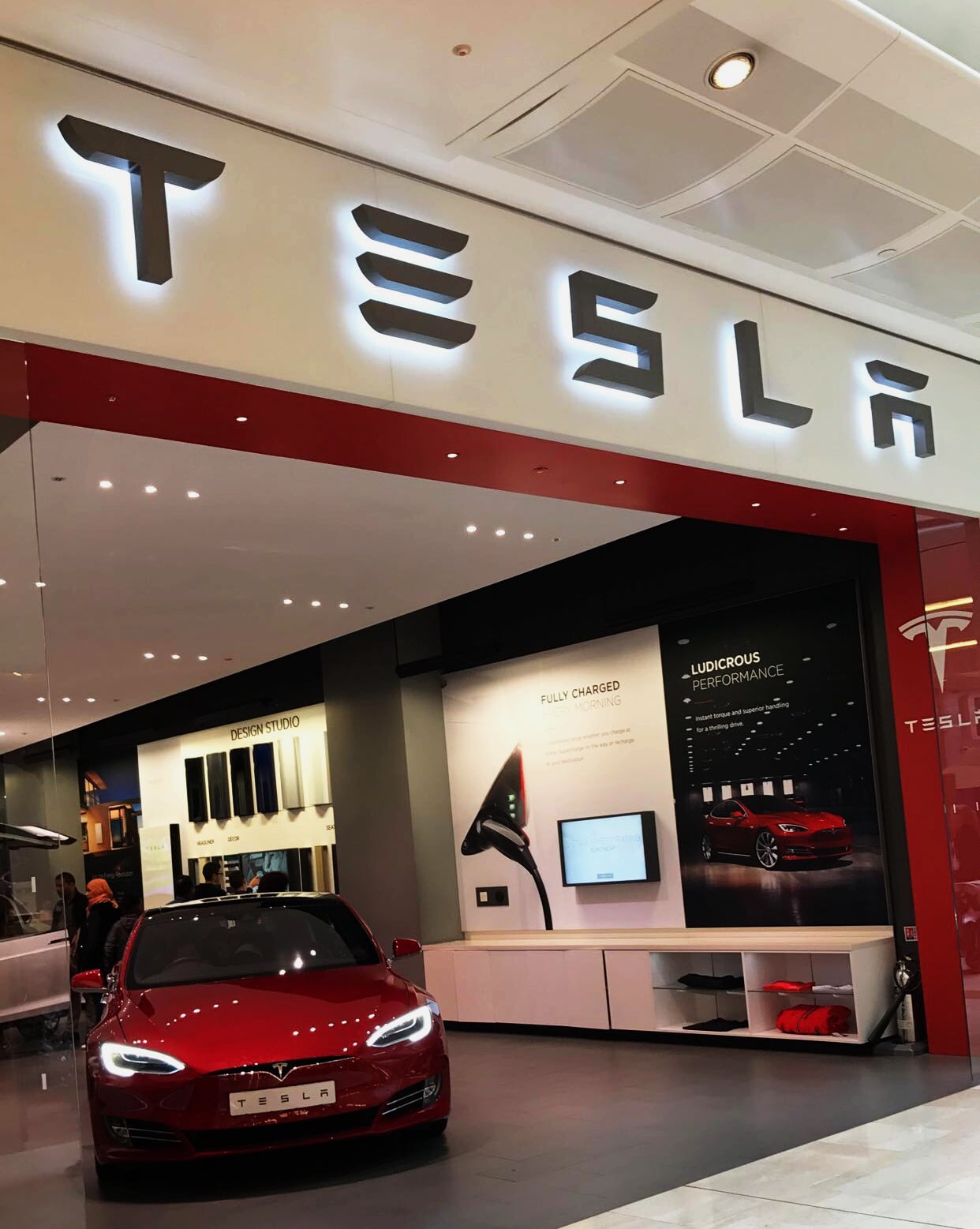In a little over six months, Tesla’s stock price ran up from a low of $178.97 on June 3, 2019 to a high of $887.06 on February 4, 2020. During that same time, the price of GM stock went from $33.70 to $34.37. The dramatic 396% increase in Tesla’s stock price set off a vigorous debate regarding whether the jump could be rationalized based on fundamentals or represented a sentiment-based bubble. Here I assume that the run-up was due, at least in part, to “irrational exuberance” so that by the end of the period the stock was overpriced and ask what are the implications of that mispricing for the cost of capital and for Tesla Inc. (NASDAQ:TSLA)’s competitive position vis a vie other auto manufacturers.
Q4 2019 hedge fund letters, conferences and more
The Fundamental Value Of Tesla
The basic answer is that the mispricing can be interpreted as a subsidy that reduces the cost of capital. In this case, however, the subsidy is not provided by the government, as is often the case, but by the investors who are willing to accept a lower return than the “true” cost capital. In many circumstances, such a run-up would be a relatively unimportant and presumably a self-correcting side light as the price eventually reverts to a fair value.
What makes it more important in some situations, particularly in capital intensive industries like auto manufacturing, is the impact of the capital market subsidy on competition in the goods market. The subsidized access to equity capital allows Tesla to finance capital expenditures, such as the opening of new factories, that other auto manufacturers cannot justify. As a result, Tesla gains a key competitive advantage in the transition to electric vehicles by building facilities and conducting research and development.
Tesla's Stock Price: Valuation analysis
The subsidy also allows Tesla to improve its capital structure by reducing leverage, both directly and via the conversion of convertible debt to equity at high equity prices. As a result of the foregoing, there is a positive feedback from the stock price to the fundamental value of the company that benefits Tesla at the expense of its competitors.
To illustrate the calculations, I use the example of Tesla and take as a starting point the base case DCF valuation posted by Professor Aswath Damodaran on his website. I make one change to Damodaran’s posted model. He uses a cost of capital starting at 7.00% and ramping up to 7.40% over time. I use a constant cost of capital of 8.00%. The difference is due to the implementation of the CAPM, but that difference is not the point here. The reader is free to choose whatever discount rate he or she thinks is appropriate as a starting point.
Using the 8.00% cost of capital and accepting all the cash flow projections and other inputs in the Damodaran model, the estimated value comes to $359 per share. As of this writing, the market price of Tesla is $801 per share. Using the solver, the cost of capital that yields a DCF value of $801 comes to 5.52%. Therefore, assuming the inputs are correct, the high sentiment investors are effectively providing Tesla with a subsidized reduction in the cost of capital of 248 basis points. This represents a massive competitive advantage for Tesla.
Musk's Behavior Is Far From Rational
The foregoing implies that Elon Musk’s behavior, which many have claimed is erratic and unpredictable, is far from irrational. It gives Tesla a distinct competitive advantage in the production of automobiles. The questionable tweets, the continual special events and product introductions, the nutty interviews, the exotic lifestyle, all portray the image of a creative genius. In a market in transition, which is currently the case for automobiles, much of the value of competing companies is based on nebulous growth options, assessment of which is subject to sentiment, image can have immense value. The appeal of investing with the next Thomas Edison, or Nikola Tesla for that matter, is far more attractive, from a sentiment standpoint than backing traditional auto manufacturers perceived as being stuck in the last century. As a result, Tesla can issue new shares at a lower effective cost of capital.
Sentiment-Based Run-Up In Tesla's Stock Price
If the analysis presented here is correct, it highlights an important challenge to incumbent auto manufacturers. The sentiment-based run-up in Tesla’s stock price is not a short-run hiccup that they can ignore. By giving Tesla the opportunity to build new factories and other facilities at a subsidized cost of capital, the sentiment-based boost in the stock market price is transformed into added fundamental value for Tesla. The failure of traditional car makers to convince investors that they have engineering talent and intellectual property relatively equivalent to Tesla’s thereby threatens to become a self-fulfilling prophecy. To combat that prophecy, not only do traditional manufacturers have to produce more creative electric cars more quickly, they need to communicate to investors, by all means possible, that they have the management skill and entrepreneurship required to respond to a rapidly in an evolving market.
In closing, it is worth reiterating that the analysis presented here assumes mispricing. As Damodaran observes on his post, there are projections that can rationalize prices in excess of $800. Therefore, estimating the subsidy related to sentiment-based pricing will always be a somewhat speculative exercise, but this does not mean it is an unimportant one.






